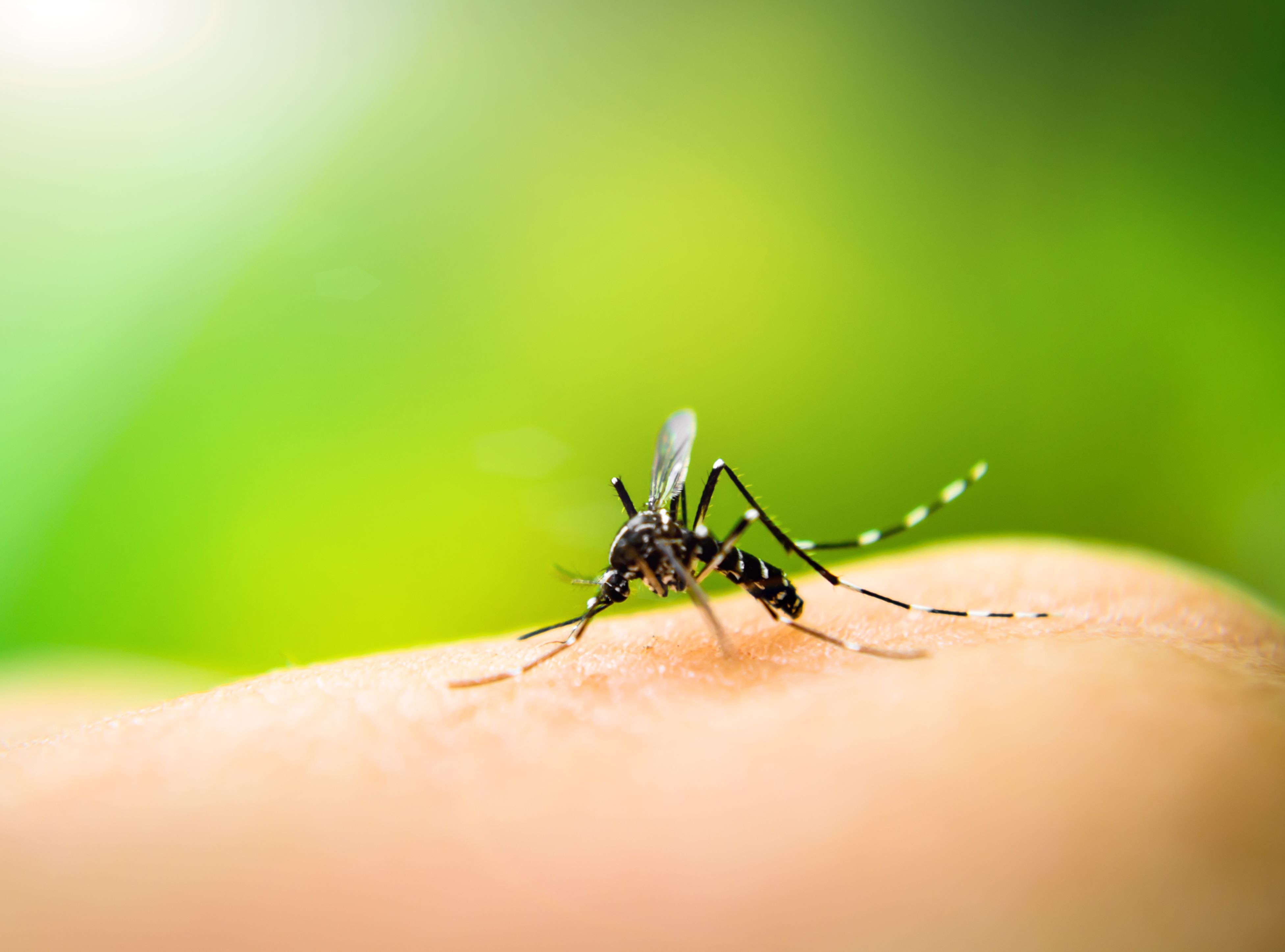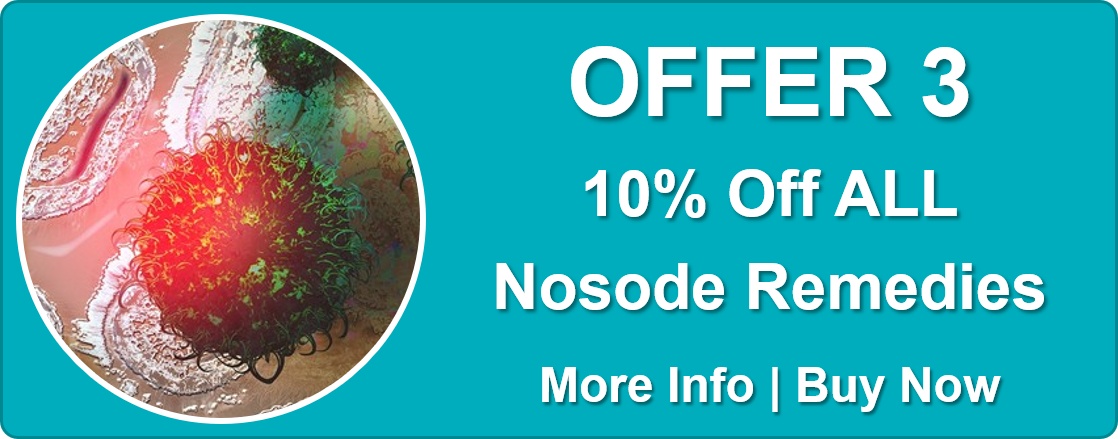Research and Paywalls: Homeopathy Plus regularly reports on homeopathic research, past and present, but we can’t link to complete research papers if they are behind a journal paywall - we can only provide a summary and abstract. If you wish to access a full paper from behind a paywall, please click on the link provided for the publisher’s purchase options.
Identification of Preventative Remedy for Dengue Outbreak
 Development of Homoeopathic Genus Epidemicus for Secondary Level Prevention of Dengue Virus Infection at Kannur, Kerala
Development of Homoeopathic Genus Epidemicus for Secondary Level Prevention of Dengue Virus Infection at Kannur, Kerala
Abstract
Dengue fever is a viral infection commonly presented with high grade fever, myalgia, arthralgia, rashes, retro bulbar pain and thrombocytopenia. The causative agent is DEN virus which exists in four serotypes belongs to Flaviviridae family. The morbidity is high in Kerala, which is a hyperendemic area for dengue fever. The incidence is dramatically increases during monsoon. Homoeopathy is well recognized for secondary level prevention of dengue fever during outbreaks. Genus epidemicus is the name given to the medicine identified in homoeopathy to be used for preventing communicable diseases. The genus epidemicus was determined only after studying the symptom picture of the outbreak very closely. Recently several outbreaks have been reported from different locations at Kannur district.
Objectives
The study was carried out to develop a homoeopathic working case definition (HWCD) and to identify a genus epidemicus (GE) to prevent further spreading of the disease.
Universe
The study was carried out at 15 grama panchayaths of Kannur district.
Population
Participants diagnosed in the early stage of dengue fever with NS1Ag were selected. The population size was estimated at 105 during study period.
Samples
70 cases selected from childhood to old age.
Sampling Procedure
Purposive Sampling. Tools: (1) RAECH-Case Taking Form, (2) DF Criteria, (3) Pain VAS, (4) Informed Consent.
Techniques Used
HATS Method.
Statistical Tests
1) ANOVA, (2) Independent Samples Kruskal-Wallis Test, (3) Independent Samples Mann-Whitney Test, (4) Means, (5) Frequency (6) RADAR.
Results
Significant differences among the distributions of symptoms and grade intensities were found among sex, age and block panchayaths. Repertorization was carried out using RADAR and probable medicines identified.
Conclusion
The Working Case Definition of Dengue Fever outbreak at Kannur district during monsoon identified for secondary level prevention and homoeopathic management. The Homoeopathic Working Case Definition of Dengue Fever outbreak at Kannur district for development of genus epidemicus identified. The Working Case Definitions of Dengue Fever outbreak at Payyannur block, Koothuparamba block and Iritty block during monsoon identified for secondary level prevention and homoeopathic management. The genus epidemicus identified for Payyannur, Koothuparamba and Iritty was Arsenicum Album. Anorexia (reduced appetite), nausea and vomiting were found with higher frequency along with classical Dengue Fever symptoms. There were 5 cases reported with reactive NS1Ag without fever. Thrombocytopenia in the first week was found among participants with middle age (41 to 60 years) and old ages (above 60 years). Anorexia and nausea were more frequent among females in the samples. Females (62.9%) are more infected with DENV than males (37.1%). Middle aged -41 years to 60 years- (45.7%) are more affected than any other age group. Thrombocytopenia in the first week was found only with middle adult hood and old age.







